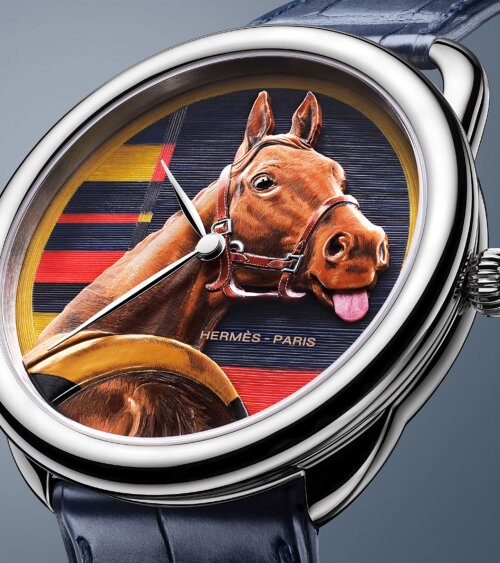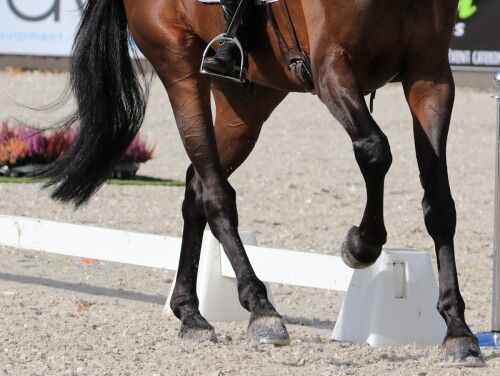A breathless silence in the air, a whiff of happiness that you can almost grasp: at dressage competitions, the freestyle is always the highlight for the audience. A fascinating dance of horse and rider to specially composed sounds – this is a sport you can love without previous knowledge. However, the freestyles are a musical and sporting challenge for the composer, the riders, the horses and the trainer. A total work of art is created with skill and just as much teamwork. When World and European champion Edward Gal entered the arena at the Olympics for the first time as a GLOCK rider with GLOCK's Undercover for his freestyle-debut, all were eagerly waiting for the first few bars. Because no one knew anything about the new music. „It’s like a hit," many dressage specialists say, "you are immediately moved or not at all." The performance of Ed and Frits, how they are amicably called, was worth Olympic bronze and not only that: With their freestyle music "Secretum revelatum" by Joost Peters they rode in the hearts of the audience and meanwhile "Fritsie" has a worldwide fan club. The Dutch composer Joost Peters concentrated on music and freestyles for a long time and he already composed more than 100 unique, tailored freestyles. The famous black stallion Totilas fascinated under Edward Gal to his sounds. He pens the current freestyles of the GLOCK Dressage Riders. Many other precious dressage horses danced to his compositions on Championships podiums. The composer’s understanding of the dressage sport is required for the arrangement of a freestyle. The length of the individual steps and strides of the horse is taken into account. The character of the noble quadruped and its rider, their fine-tuning between the movements and how much energy they will bring into the arena is finely elaborated in the freestyle. A good freestyle should be unique, contains movements, which were never shown before and furthermore, it has to match with the current international judge rules (FEI criteria). Also the rider can get involved. He considers with his team the test or the lessons, which are ranked by level of difficulty and proposes his favorite tunes. In the freestyle of Edward Gal and Glock's Undercover you notice a symbiosis with every single movement and the sounds of the music. The bars of the piaffe, the ground covering movements of the extensions in trot and canter, as well as the quiet, but at the same time moving sounds of the step sequence take the audience on an exciting, touching and truly unique journey. At the latest after the affecting music, which accompanied Ed and Frits on the diagonal in the extended canter, when it becomes quiet again and all hold their breath at the last passage - then the audience has arrived in the fascination of the dressage sport. Suddenly it is clear: It is not about finding the best music. It is about capturing the character of a horse in notes to give him a stage for a musical accompaniment of his movements and tell the audience a story. The romantic story about harmony between horse and rider. © press
The dressage freestyle - A dance into the hearts
-
categories: Dressage



